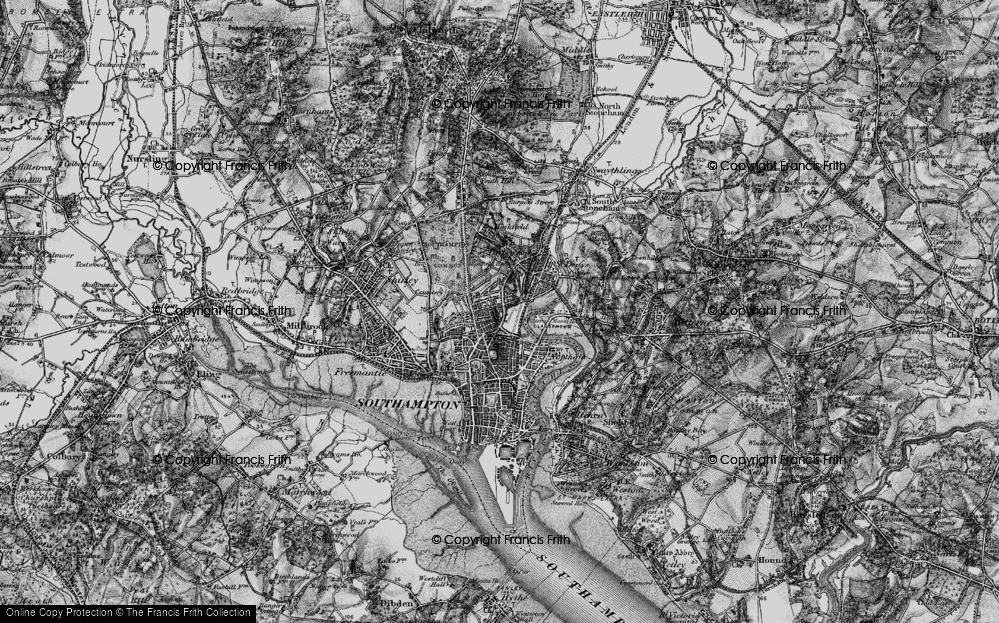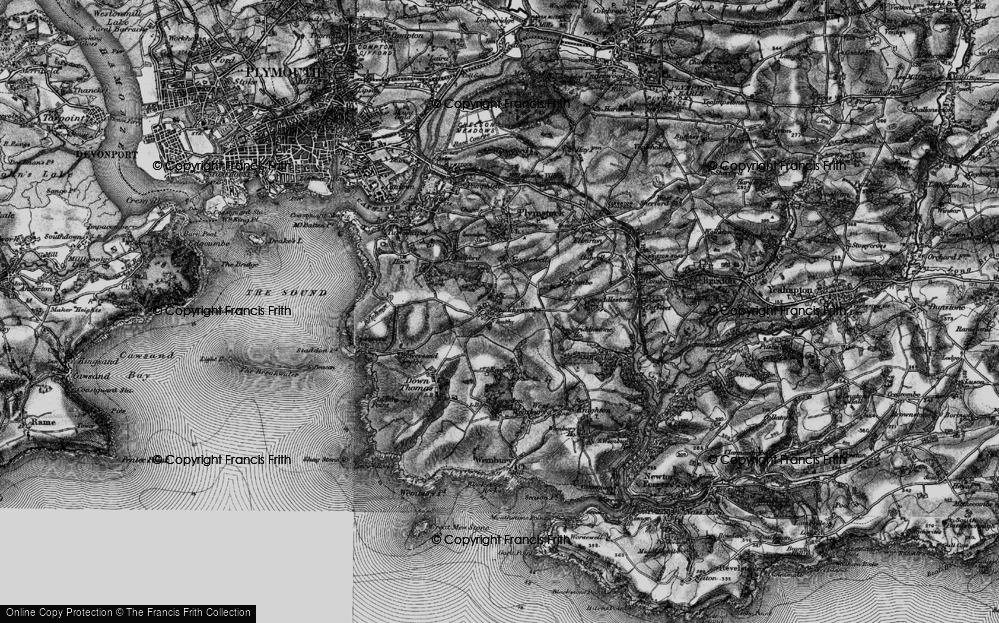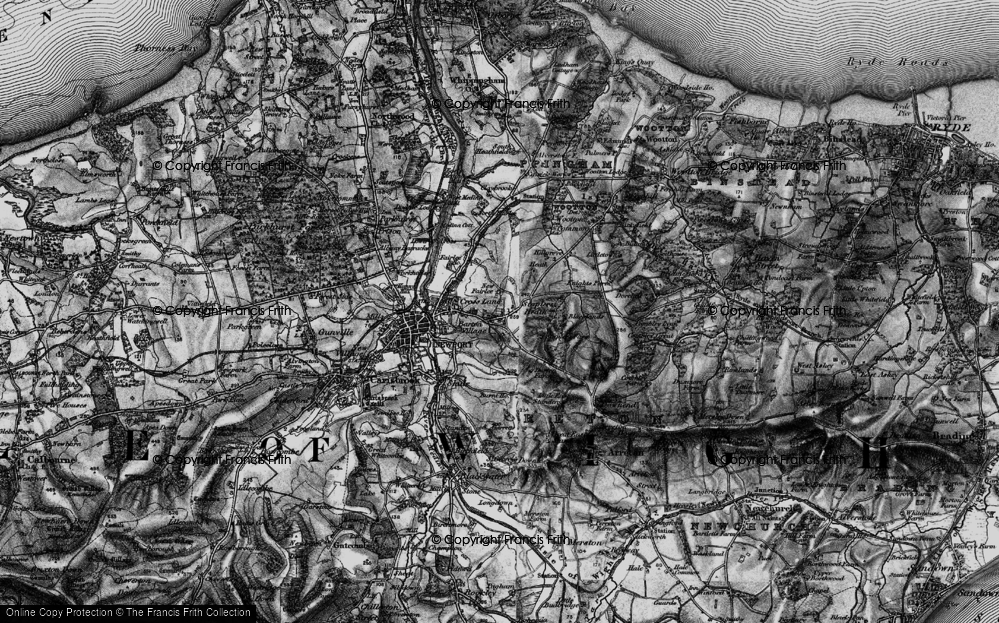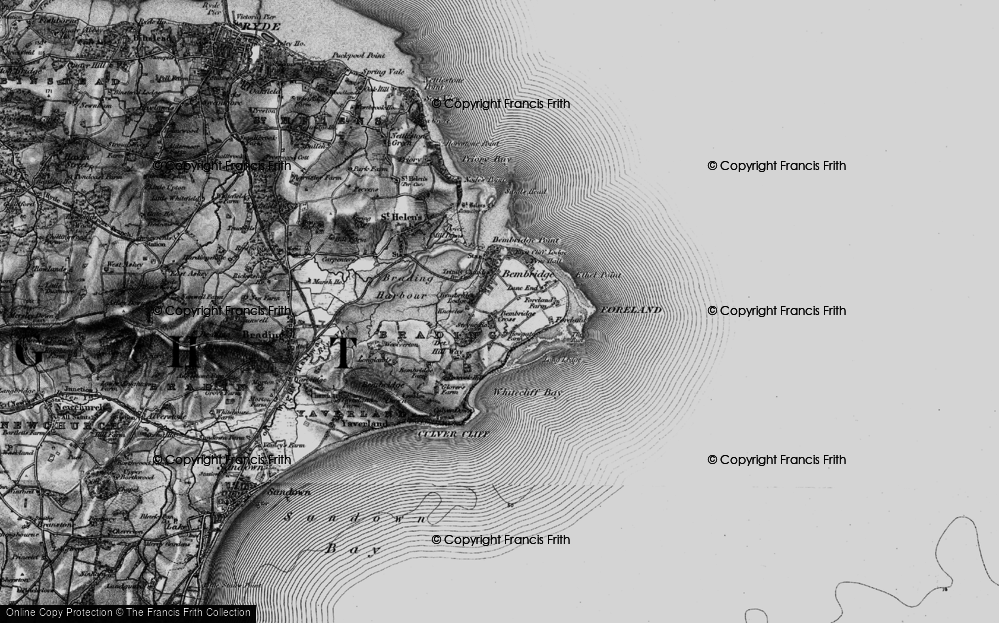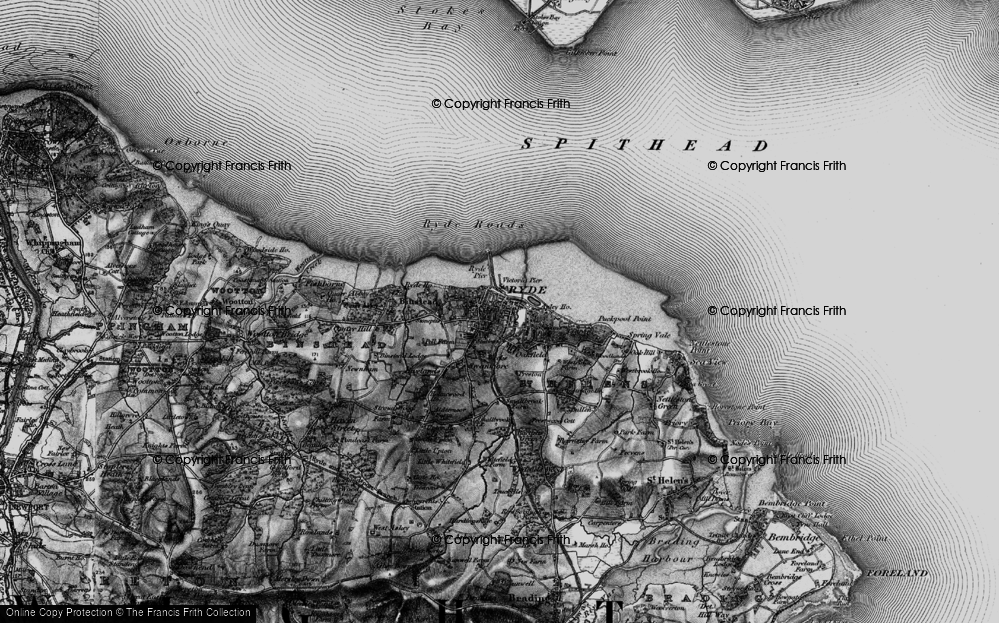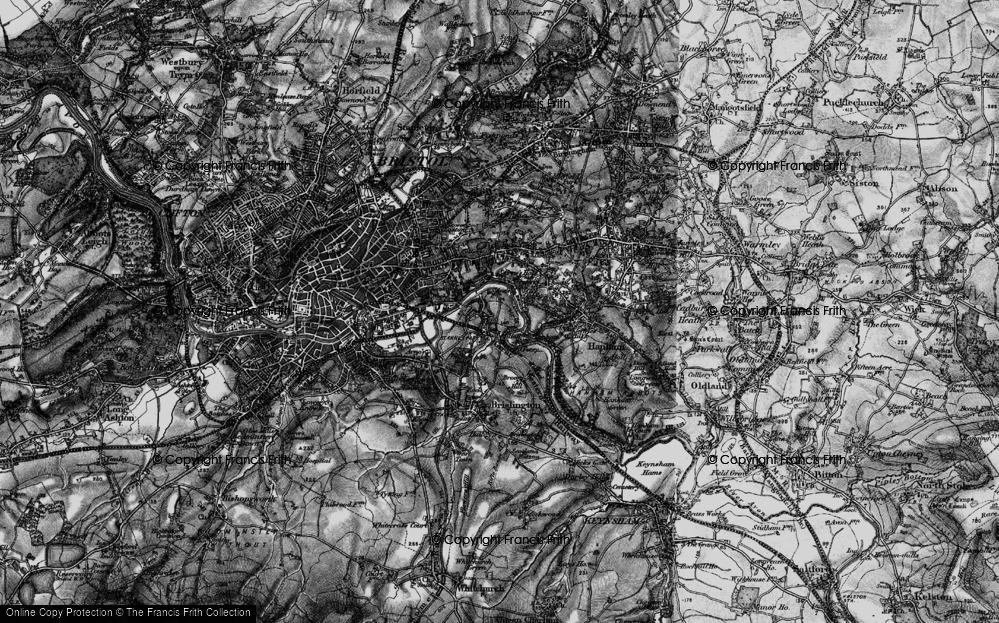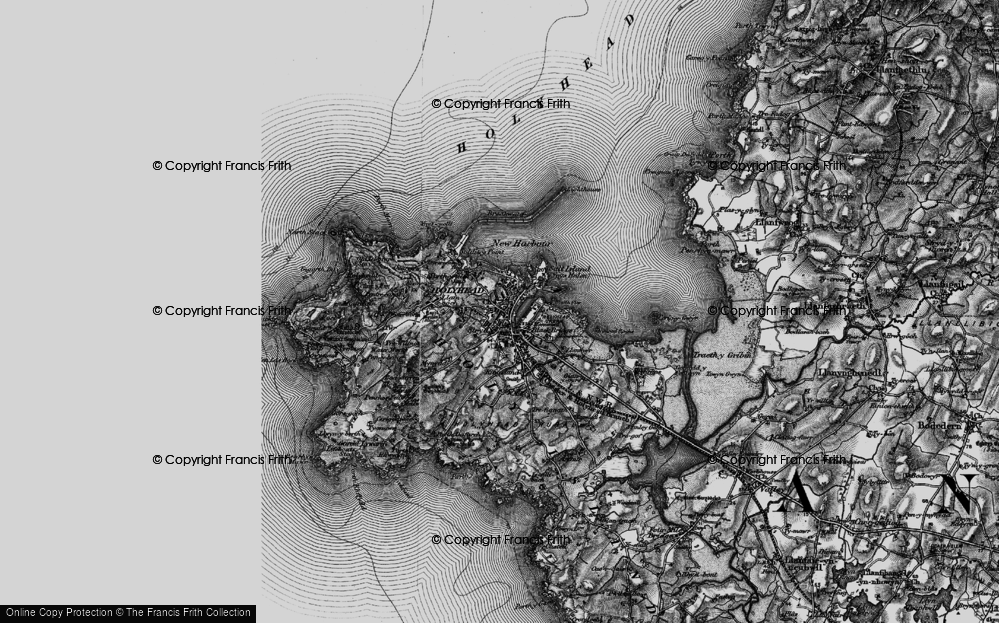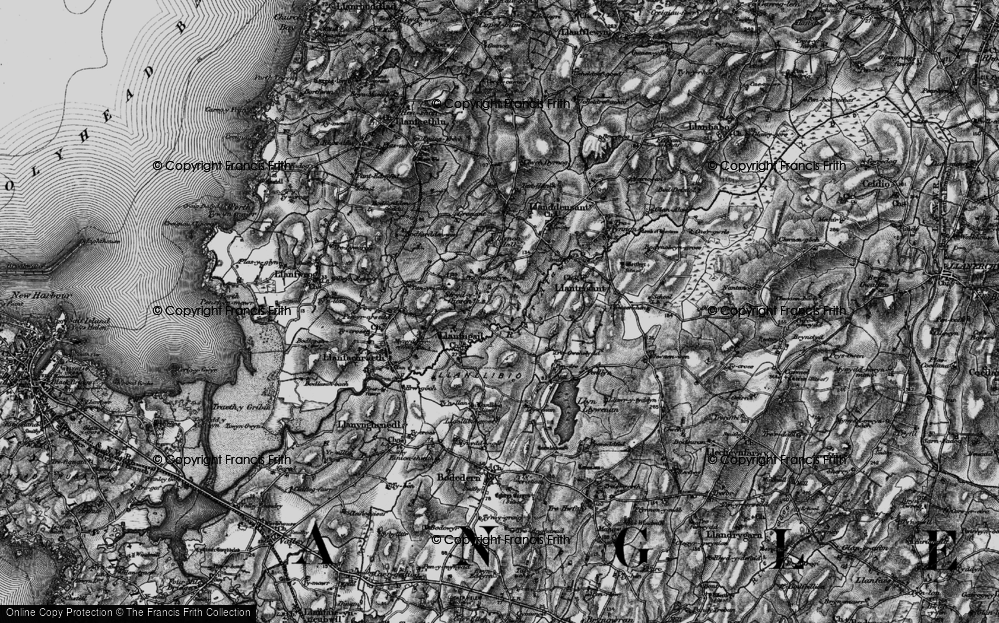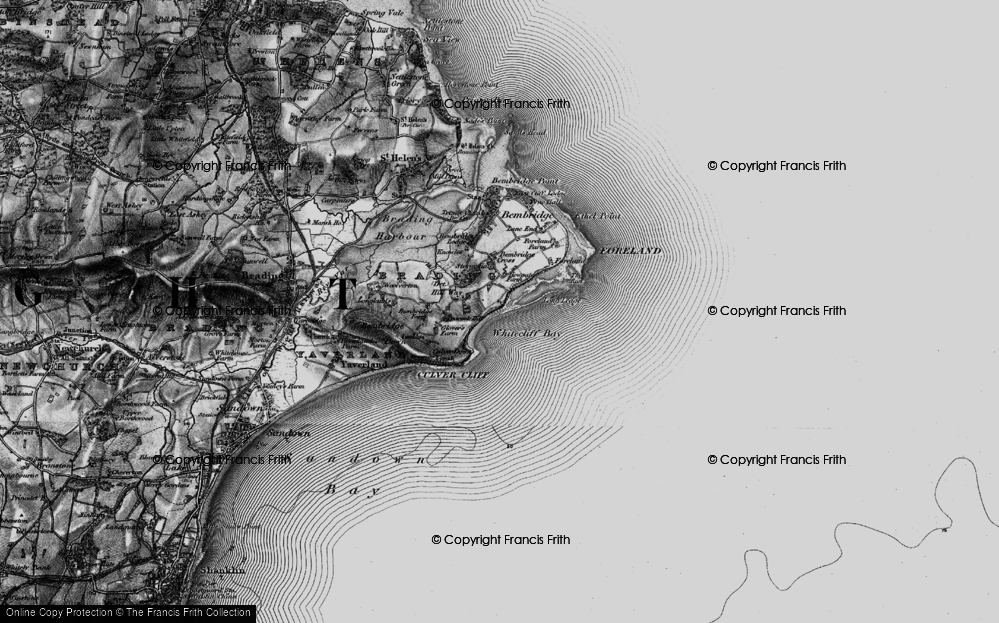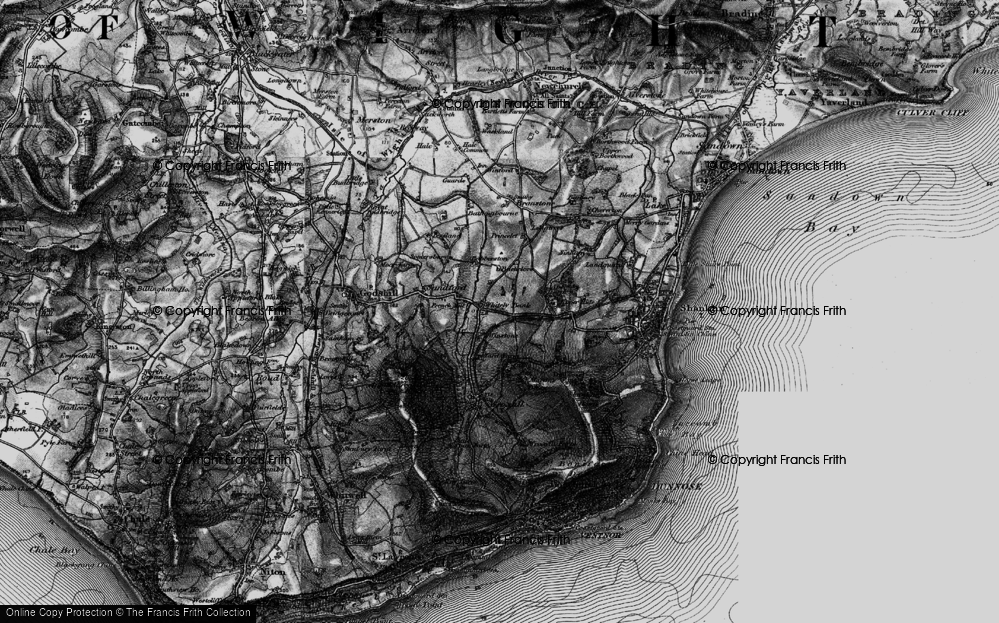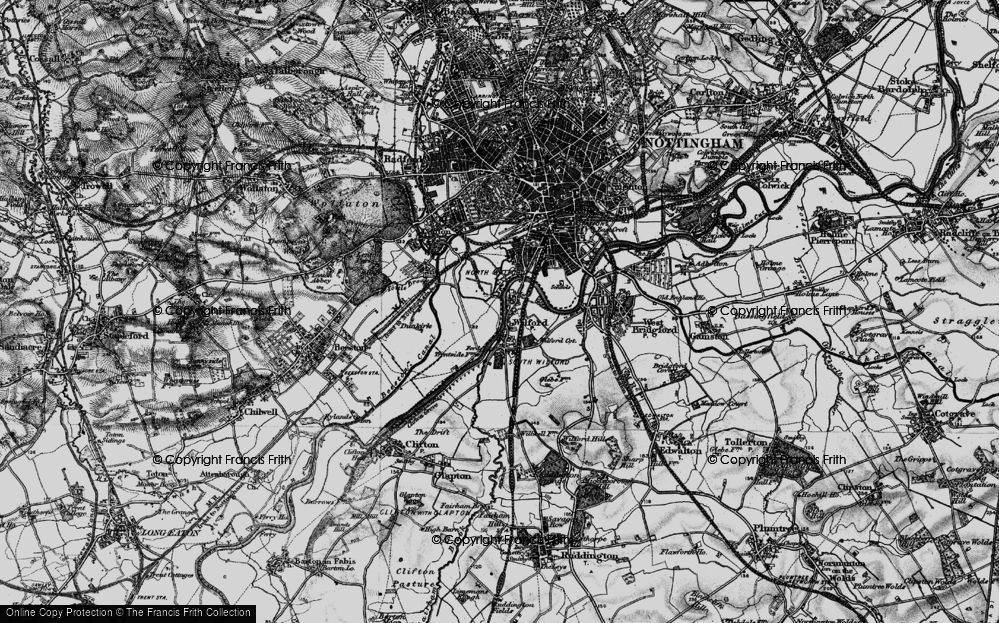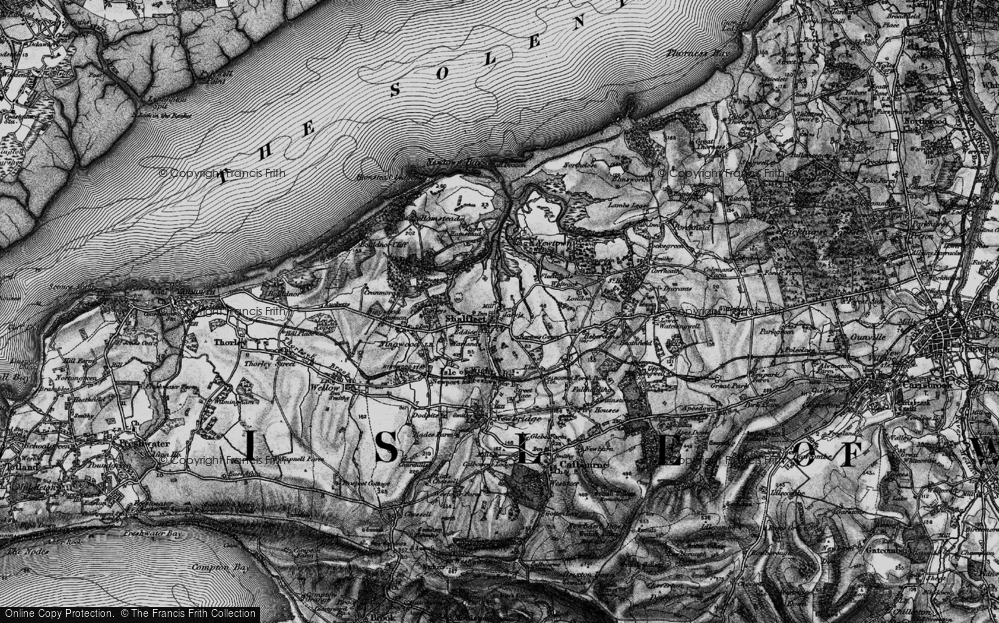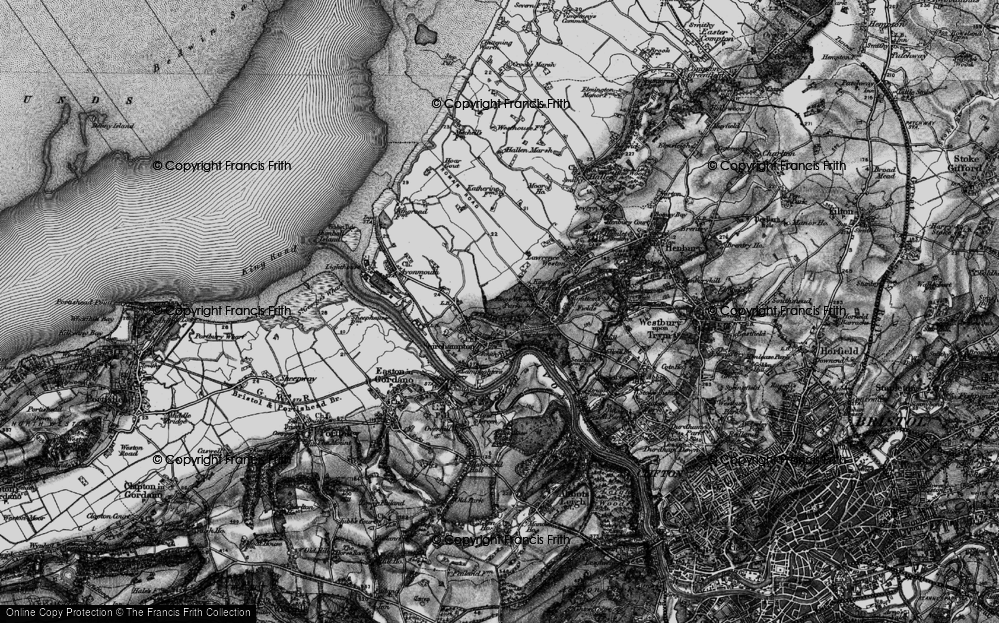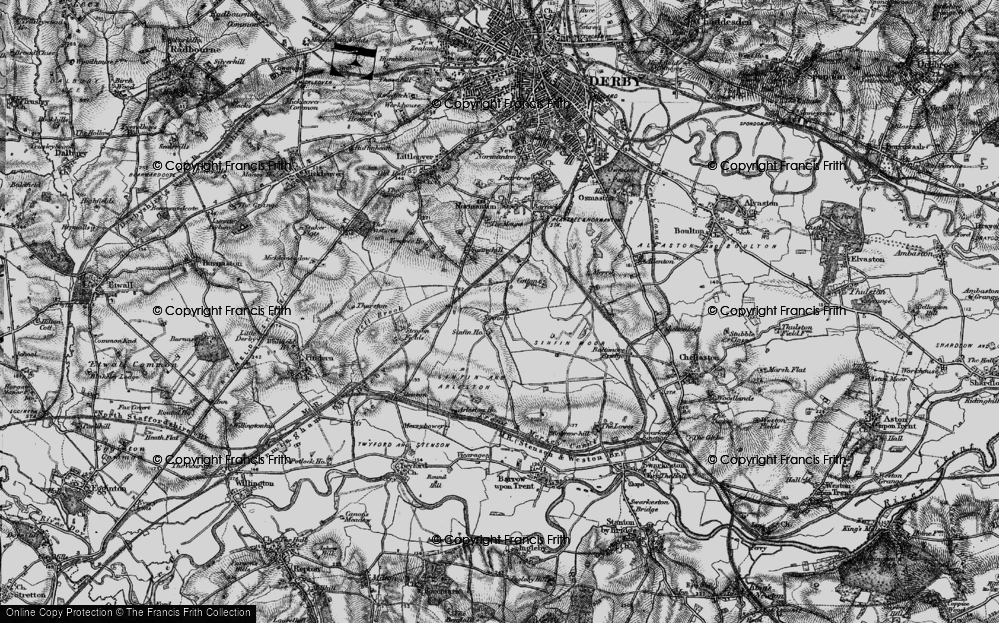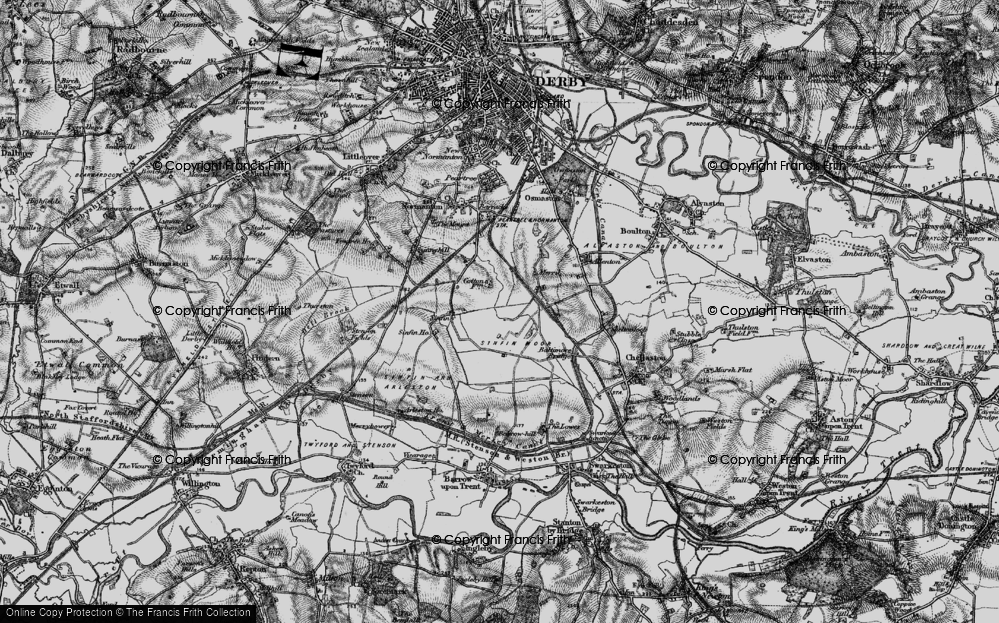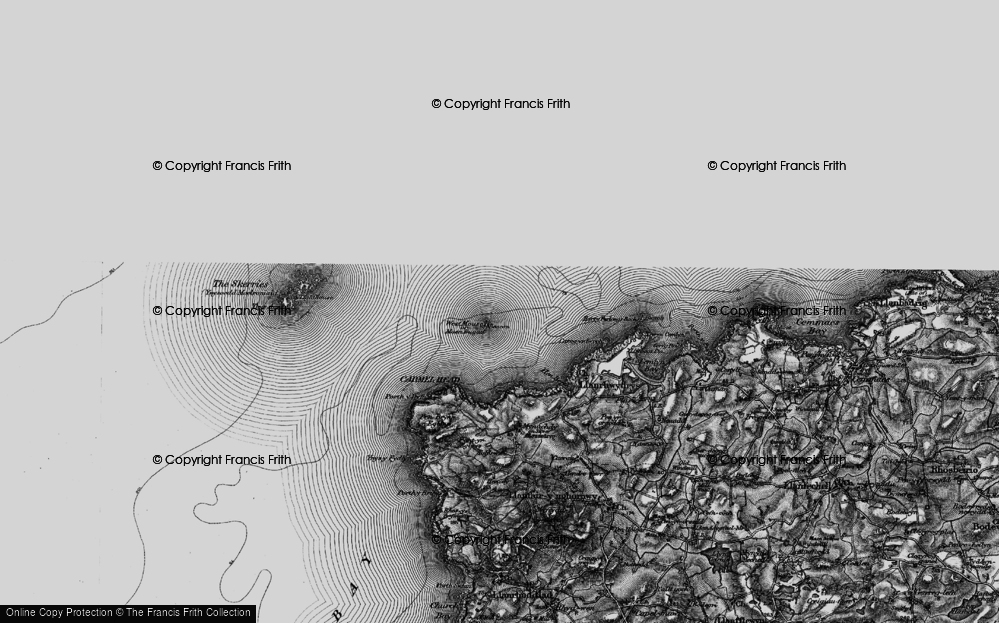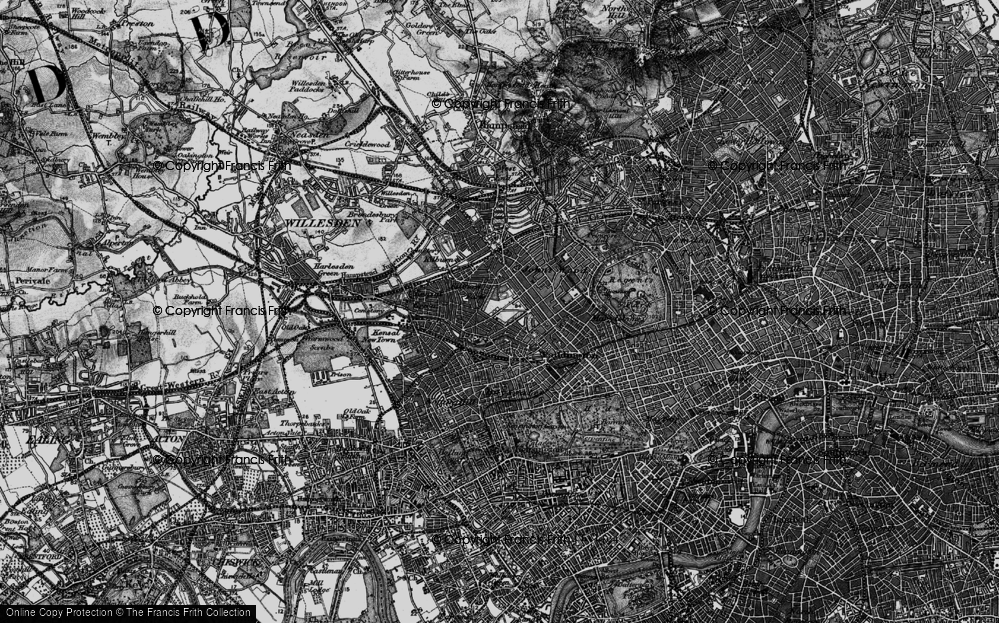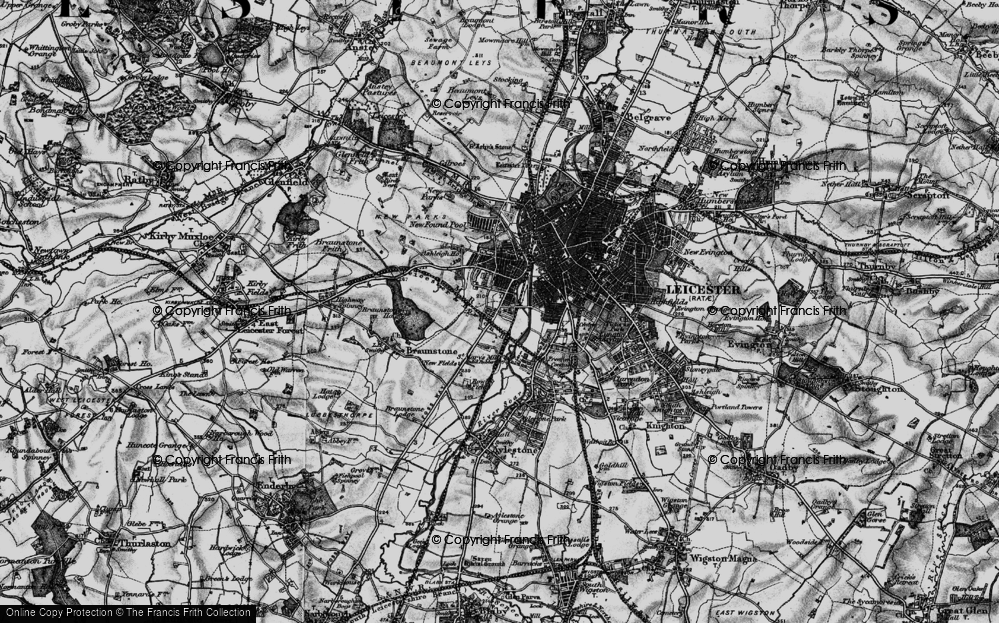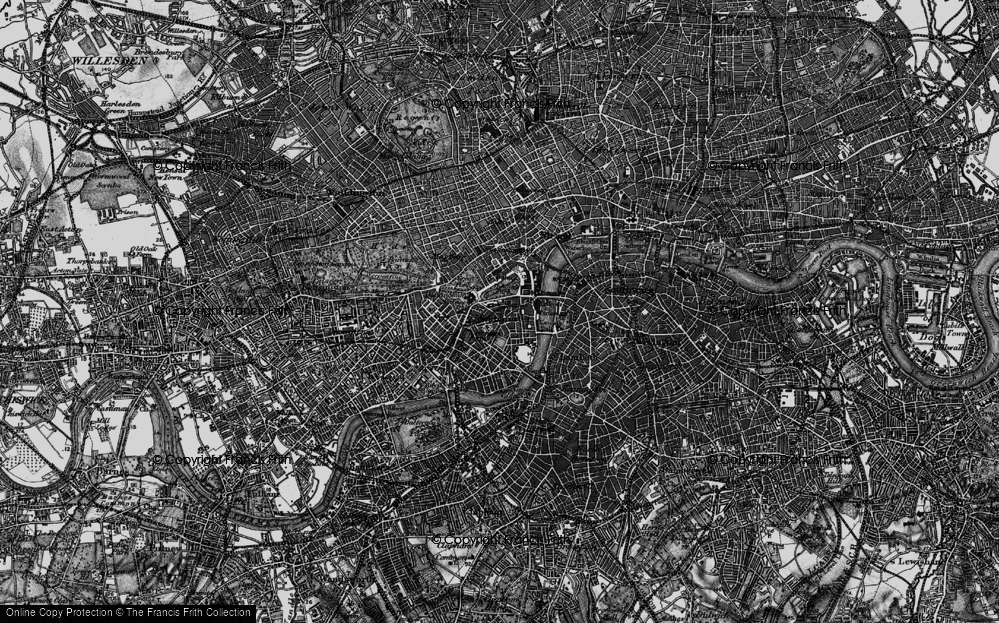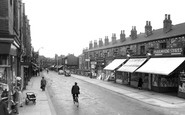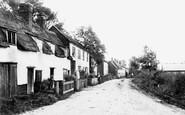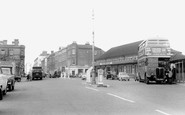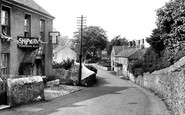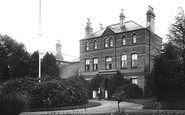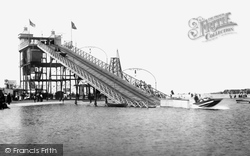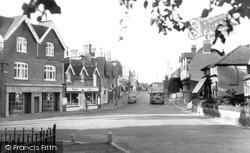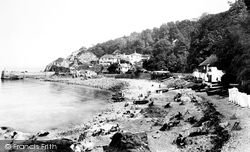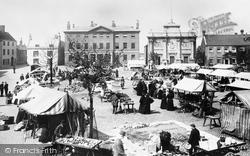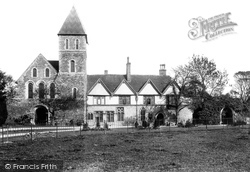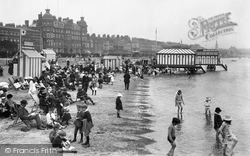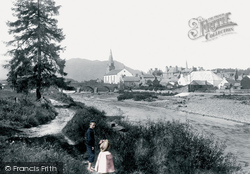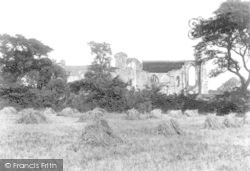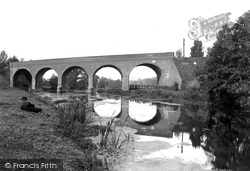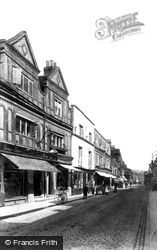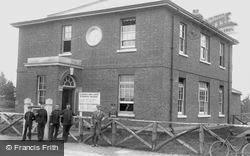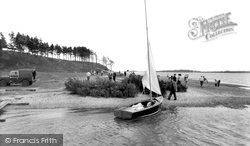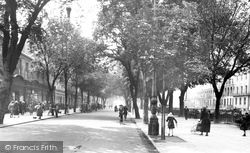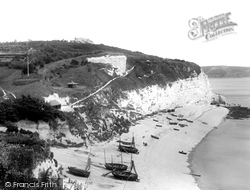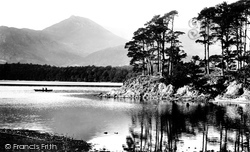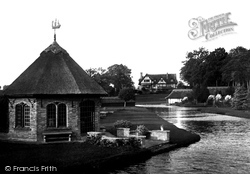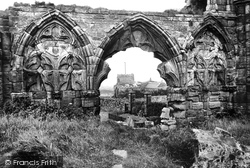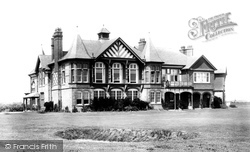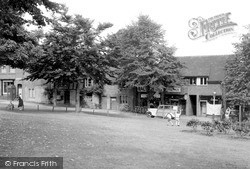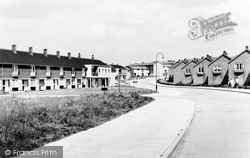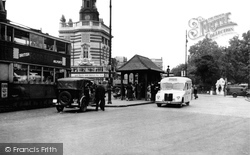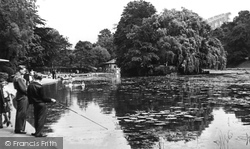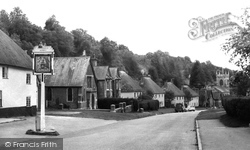Merry Christmas & Happy New Year!
Christmas Deliveries: If you placed an order on or before midday on Friday 19th December for Christmas delivery it was despatched before the Royal Mail or Parcel Force deadline and therefore should be received in time for Christmas. Orders placed after midday on Friday 19th December will be delivered in the New Year.
Please Note: Our offices and factory are now closed until Monday 5th January when we will be pleased to deal with any queries that have arisen during the holiday period.
During the holiday our Gift Cards may still be ordered for any last minute orders and will be sent automatically by email direct to your recipient - see here: Gift Cards
Places
36 places found.
Those places high-lighted have photos. All locations may have maps, books and memories.
- Shanklin, Isle of Wight
- Ventnor, Isle of Wight
- Ryde, Isle of Wight
- Cowes, Isle of Wight
- Sandown, Isle of Wight
- Port of Ness, Western Isles
- London, Greater London
- Cambridge, Cambridgeshire
- Dublin, Republic of Ireland
- Killarney, Republic of Ireland
- Douglas, Isle of Man
- Plymouth, Devon
- Newport, Isle of Wight
- Southwold, Suffolk
- Bristol, Avon
- Lowestoft, Suffolk
- Cromer, Norfolk
- Edinburgh, Lothian
- Maldon, Essex
- Clacton-On-Sea, Essex
- Felixstowe, Suffolk
- Norwich, Norfolk
- Hitchin, Hertfordshire
- Stevenage, Hertfordshire
- Colchester, Essex
- Nottingham, Nottinghamshire
- Bedford, Bedfordshire
- Bury St Edmunds, Suffolk
- Aldeburgh, Suffolk
- St Albans, Hertfordshire
- Hunstanton, Norfolk
- Chelmsford, Essex
- Bishop's Stortford, Hertfordshire
- Peterborough, Cambridgeshire
- Brentwood, Essex
- Glengarriff, Republic of Ireland
Photos
11,145 photos found. Showing results 11,841 to 11,145.
Maps
181,031 maps found.
Books
442 books found. Showing results 14,209 to 14,232.
Memories
29,072 memories found. Showing results 5,921 to 5,930.
Home Of The Good Shepherd
I'm writing on behalf of my husband Ronald Jones. He was in The Home of the Good Shepherd, Hanley Swan, Worcestshire. He was there from approx. 1937 to 1943, when he was 11. Has anyone any memories of this time? Would be grateful for any information.
A memory of Hanley Swan in 1930 by
Normanton
I grew up in Normanton and have many happy memories .... I went to the Church of England Primary school ... walked over the farm fields with my Dad under the old railway line and on to Loscoe Lane to the Bluebell wood .... all gone now ...Read more
A memory of Normanton in 1947 by
Visits To Rusper
My grand parents lived in Rusper for many years and their house was next to the butchers' shop on the same side of the road as the church. I can remember visiting my grandparents, as a school boy and my grandfather was a local builder ...Read more
A memory of Rusper in 1940 by
The Peculiar People's Chapel
Mark Pierson (hello Mark - we know each other) suggests the Peculiar People's chapel was in the Street - but it was definitely situated at Hawbush Green, at least during my early childhood in the Fifties. I distinctly ...Read more
A memory of Cressing by
Dark Days Of The Second World War
Those foggy days in Dartford and the oil tanks on the street corners that produced a lot of smoke that was designed to send smoke into the atmosphere so that enemy planes could not get a visionary view of the area ...Read more
A memory of Dartford by
Elm Grove
So many good memories of Elm Grove. My paternal grandmother was Lillian Chard and lived at number 39 Elm Grove. As a family we also lived in Elm Grove when my parents were first married. Although I was born in St. Heliers, my sister, ...Read more
A memory of Sutton in 1966 by
My First Home.
I lived at the Ship with my father George Simpson, mother Joan, sister Mary and grandfather Joseph Simpson. My grandfather had married Elizabeth Robinson whose family had run the pub and farmed the land since Thomas Robinson in 1672. ...Read more
A memory of Bardsea in 1946 by
My First 9 Years
I love my home town of Dorking. I was born there in Lincoln Road in July 1939, five weeks before the start of WW2. We played in the street and used people's gate posts for rounders bases as there was not a car in sight. We roamed ...Read more
A memory of Dorking in 1945 by
I Was At Bisley Boys School With My Brother John, From 1954 1959
I was mad about photography and would go all over Bisley with my camera. I would concentrate on the wildlife, esp. on the village pond where my brother and I would look for various types ...Read more
A memory of Bisley in 1959 by
Trevor Young
Hello there, my name is Lisa, I am 35 years old and my grandfather Trevor Young used to work down the mines. His parents were Gilbert and Clara Young, nee Orchard. I think I'm right in saying saying that Grandad was born in 1926 and ...Read more
A memory of Six Bells by
Your search returned a large number of results. Please try to refine your search further.
Captions
29,395 captions found. Showing results 14,209 to 14,232.
Behind the right hand side of the chute can be seen the central section of the Maxim Flying Machine ride which was under construction.
In the last years of the 19th century Marconi set up an early wireless transmitting station near to Totland Bay, exchanging radio signals with a steamer out at sea.
The virtual lack of sand kept families away from this section of coast, which is brilliant with white pebbles.
The Tuesday Market is a grand open space surrounded by a fine mixture of buildings dating from the 17th, 18th and 19th centuries.
The pyramid-capped tower of this Norman church stands prominently on a hill, and forms part of Davington Priory, founded in 1153 by Fulco de Newenham.
It was the early use of bathing machines that made Weymouth such a popular resort for sea bathing. The larger machines shown here ran down to the water on rails, and had a number of cubicles.
Situated between Crieff and St Fillans on the Highland fault line, Comrie is famous for the number of earth tremors experienced by its inhabitants.
Founded in 1182, it was not until a couple of hundred years later that the abbey really made its mark when a group of Premonstratensian Canons moved here from nearby Minsmere.
A bowler-hatted gentleman contemplates this tranquil river scene looking towards the gracious arches of the viaduct that carries the railway to Effingham junction.
On the left of the cobbled High Street, notably devoid of any traffic, is Edward's Drug Store, which later passed to Boots. The building, in brick and stone, dates from the late 17th century.
West Surrey has been army country since 1853, when Queen Victoria reviewed her troops on Chobham Common.
Also new today are the substantial caravans now dotted under the trees on the viewpoint. The dark Arne peninsula can be seen against the line of the chalk ridge of the Purbeck Hills.
During the great building boom that followed Cheltenham's development from the 19th century onwards, much of the earlier medieval settlement was overwhelmed.
To the west of the village is a labyrinth of man-made caverns from which the stone for Exeter Cathedral was taken. The Quarry Caves are now an exciting tourist attraction.
This is another of the Lake District's classic viewpoints, the backdrop formed by the peak of Causey Pike (2,035 feet).
Overlooking the river Bure stands a large, thatched house in the Arts and Crafts style, typical of many built between the wars. Well-tended gardens lead down to a private mooring and boat houses.
This charming vignette seen through the old abbey ruins also manages to give us an insight into the sadly neglected state of this historic building with its grass-grown walls before it was taken over
St Anne's has been described as 'a town built on golf', and this is epitomised in this splendid building.
King’s Norton is less than two miles from Bournville, and though urban sprawl between the wars linked it to Birmingham, the old village still retains much of its rural character.
The Basildon Development Corporation aimed at providing a wide range of different types of housing—both for visual reasons, and also to attract residents from different income-groups.
The cityside banks of the Thames were busy with stevedores and dockers during the Victorian era, for London’s river had been the source of its prosperity for centuries.
Camberwell Green is seen from the bottom of Denmark Hill. Approaching is an LCC ambulance; on the left a tram, about to go out of service, heads towards Walworth Road.
Leisure time with the city, though it is highly unlikely that the Frith cameraman would have hung around long enough to see if the fish were biting.
When the first Earl of Dorchester purchased Milton Abbey in 1752, he had the entire village dismantled, moving it further away from his new home.
Places (6814)
Photos (11145)
Memories (29072)
Books (442)
Maps (181031)




